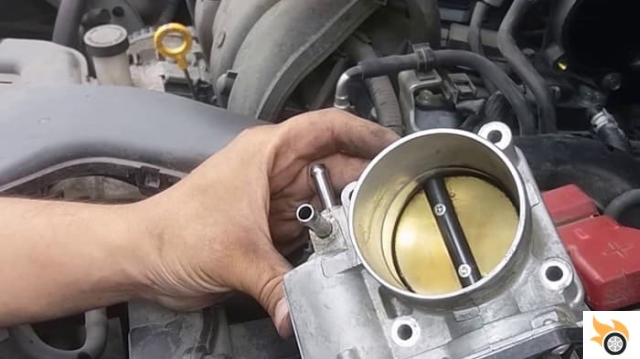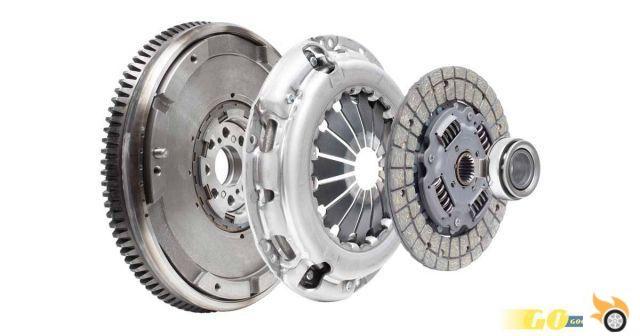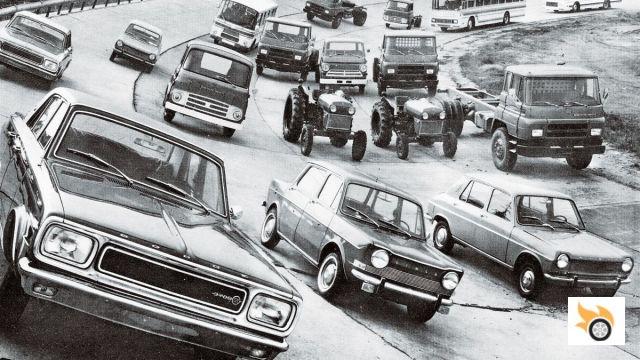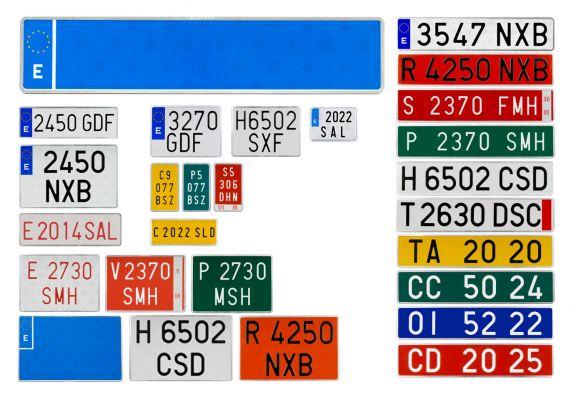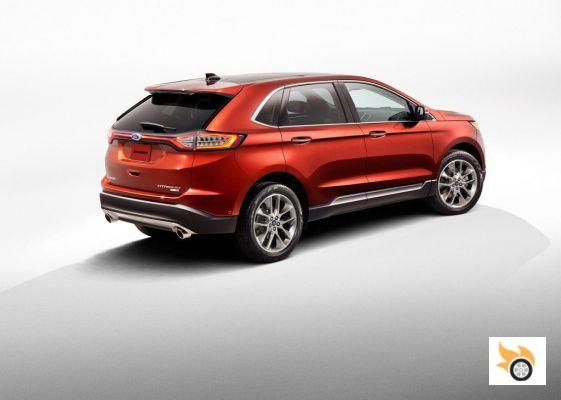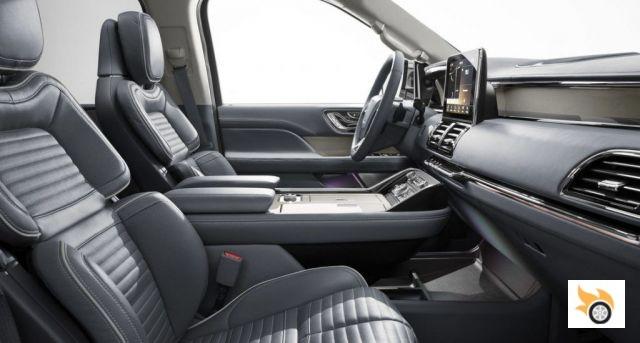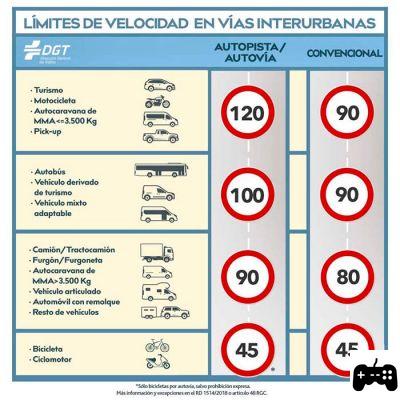 Article on interurban roads
Article on interurban roads
In this article, we will delve into the fascinating world of interurban roads, exploring their definition, the different types that exist, their main characteristics and the rules that we must follow when driving on them. We will also answer the question of whether the crossing is considered an interurban road and we will mention the different types of roads and public highways. So get ready to find out everything you need to know about this topic!
1. Definition of interurban roads
Let's start by understanding what is meant by interurban roads. These are highways that connect different towns or cities, allowing the transit of vehicles between them. Unlike urban roads, which are within the limits of a city or town, interurban roads extend beyond these limits and are usually longer.
2. Types of interurban roads
There are several types of interurban roads, each with particular characteristics. Some examples include:
2.1 Expressways
Highways are high-speed, high-capacity intercity roads designed to allow a fast and safe flow of vehicles. They usually have several lanes, physical separation between the directions of movement and controlled access through entrance and exit ramps.
2.2 National highways
National highways are interurban roads that connect different regions or provinces within a country. Although they may have less capacity than expressways, they are still important for long-distance traffic.
2.3 Secondary roads
Secondary roads are interurban roads with lower capacity and speed, which usually connect smaller towns or serve as alternatives to highways and national highways. They often offer more picturesque scenery and are ideal for those who prefer a more sedate journey.
3. Characteristics of interurban roads
Interurban roads have some distinctive characteristics that we must take into account when driving on them:
3.1 Signaling
It is essential to pay attention to the signs on interurban roads, since they will indicate speed limits, exits and possible dangers on the road. Respecting the signs is essential to ensure the safety of all road users.
3.2 Maintenance
Intercity roads are often subject to increased wear due to constant traffic and weather conditions. Therefore, it is important that the relevant authorities carry out regular maintenance to ensure that they are in good condition and minimize the risks of accidents.
3.3 Lighting
On some interurban roads, especially in sections further from urban areas, lighting may be limited or non-existent. This can make visibility difficult at night, so it is advisable to use adequate lights in the vehicle and drive with caution.
4. Traffic rules on interurban roads
To guarantee safety on interurban roads, it is essential to comply with the established traffic regulations. Some of the most important are:
4.1 Speed limits
Each type of interurban road has an established speed limit, which must be respected at all times. These limits are set taking into account the capacity of the road, the traffic conditions and the safety of the users.
4.2 Overtaking
Overtaking on interurban roads must be done with caution and respecting traffic regulations. It is important to ensure that there is enough space and visibility to pass safely, avoiding putting other drivers at risk.
4.3 Seat belt use
The use of a seat belt is mandatory on all interurban roads, both for the driver and for the passengers. This safety device can save lives in the event of an accident, so we must never forget to buckle up before starting the trip.
FAQs (Frequently Asked Questions)
Is the crossing of a city considered an interurban road?
No, crossing a city is not considered an intercity road. Travesías are the sections of road that cross a town and are subject to specific traffic regulations, such as reduced speed limits and increased surveillance. However, once we leave the road and enter the road that connects different towns, we are on an interurban road.
What is the difference between a highway and a highway?
The main difference between a motorway and a dual carriageway lies in the access to them. While on motorways accesses are controlled by entrance and exit ramps, on highways accesses are more frequent and can be at surface level. In addition, motorways tend to have a higher capacity and maximum permitted speed than expressways.
Conclusion
In summary, interurban roads are highways that allow us to move between different towns or cities. There are different types of interurban roads, such as motorways, national roads and secondary roads, each with specific characteristics and regulations. It is essential to respect traffic regulations and maintain a responsible attitude when driving on these roads, thus guaranteeing our safety and that of other users. Always remember to drive safely and enjoy the ride!
Until next time,
The Pistonudos.com team




